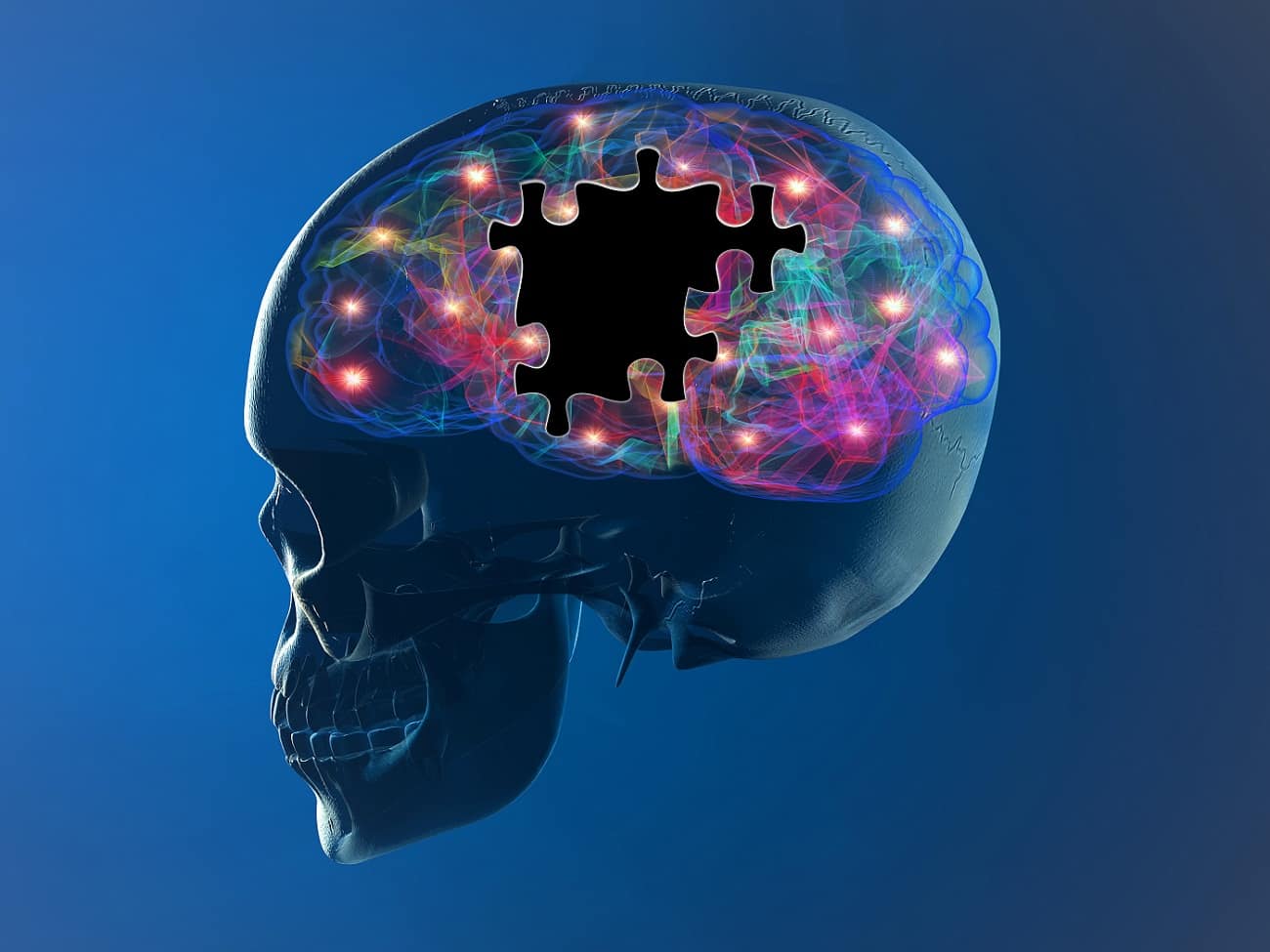NLRP3-Associated Pathways a Novel Therapeutic Target for Alzheimer’s
In Alzheimer’s disease (AD), a classic hallmark of the neurodegenerative disorder is the assembly of Aβ peptides into pathological oligomers accompanied by the subsequent aggregation into plaques in the brain that lead to cell damage and memory loss.
Now, a new study by researchers at the Boston-based IFM Therapeutics and the University of Bonn, demonstrates key insights into the pathology and potential new therapeutic targets for future research.
“For the first time, research has demonstrated a hardwiring of innate immune activation and Aβ aggregation and seeding in Alzheimer’s disease, a highly-complex, relentless and progressive disease affecting millions of people,” said Michael Heneka, M.D., KBFZ, University Hospital of Bonn. “These data provide insight into the etiology of the disease through activation of NLRP3 inflammasomes that contribute to the seeding and spreading of the disease, while demonstrating the use of anti-ASC antibodies to block the amyloid-β pathology.”
The study was led by University of Bonn professors Eicke Latz and Michael Heneka. “Deposition and spreading of Aβ pathology likely precede the appearance of clinical symptoms such as memory problems by decades. Therefore, a better understanding of these processes might be a key for novel therapeutic approaches. Such treatments would target Alzheimer’s at an early stage, before cognitive deficits manifest,” says Prof. Michael Heneka, a senior researcher at the DZNE and Director of the Department of Neurodegenerative Diseases and Gerontopsychiatry at the University of Bonn.
Previous work by this group and others has suggested beta amyloid aggregation recruits inflammatory microglial cells in mice with AD, leading to activation of microglial inflammasomes containing NLR family pyrin domain containing 3 (NLRP3; NALP3; CIAS1) and secretion of PYCARD fibrils. Whether the PYCARD fibrils contributed to the spread of beta amyloid pathology was not known.
NLRP3 is a so-called inflammasome that triggers production of highly pro-inflammatory cytokines. Furthermore, upon activation, NLRP3 forms large signaling complexes with the adapter protein ASC, which are called “ASC specks” that can be released from cells.
“The release of ASC specks from activated cells has so far only been documented in macrophages and their relevance in disease processes has so far remained a mystery,” says Prof. Eicke Latz, director of the Institute of Innate Immunity and member of the cluster of excellence “ImmunoSensation” at the University of Bonn.
In the current study, it was demonstrated that ASC specks are also released from activated immune cells in the brain, the “microglia”. Moreover, the findings provide a direct molecular link to classical hallmarks of neurodegeneration. “We found that ASC specks bind to Aß in the extracellular space and promote aggregation of Aß, thus directly linking innate immune activation with the progression of pathology,“ Heneka says.
In a mouse model of AD, genetic deletion of PYCARD led to significantly less beta amyloid accumulation at eight and 12 months compared with normal PYCARD expression. PYCARD-deficient mice also had significantly improved spatial memory at both time points.
Antibody-mediated neutralization of PYCARD also prevented formation of beta amyloid plaques.
“Additionally, analysis of human brain material indicates at several levels that inflammation and Aβ pathology may interact in a similar fashion in humans. Together our findings suggest that brain inflammation is not just a bystander phenomenon, but a strong contributor to disease progression,” Heneka says. “Therefore, targeting this immune response will be a novel treatment modality for Alzheimer’s.”
“At IFM Therapeutics, our team is focused on improving the lives of patients with inflammatory disorders by developing transformative medicines that precisely target the innate immune system,” said Martin Seidel, Ph.D., EVP of Research and Development, IFM Therapeutics. “Identifying clinically validated targets in this disease area has been a major challenge for the scientific community, but we are encouraged that the research published in Nature provides scientific evidence of the role of the innate immune system in the pathology of the classic hallmarks of Alzheimer’s disease. As our team focuses on inhibitors of NLRP3, this research highlights the potential to modulate the inflammatory pathways associated with Alzheimer’s disease with the goal of developing new treatment options for patients.”























